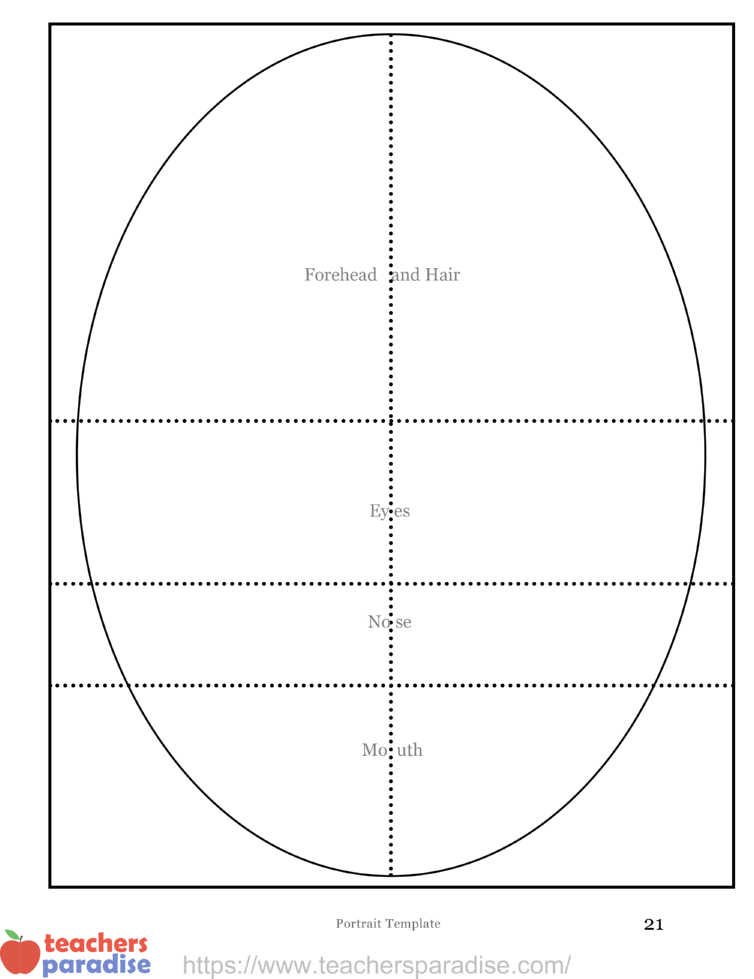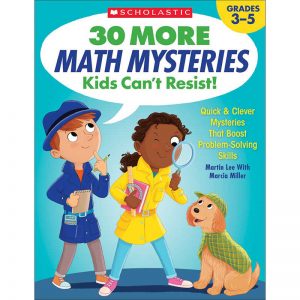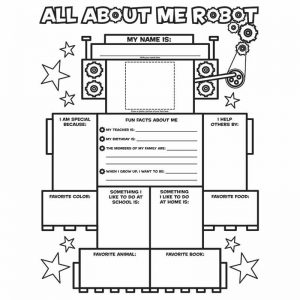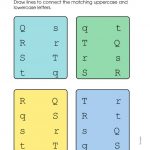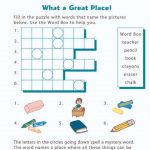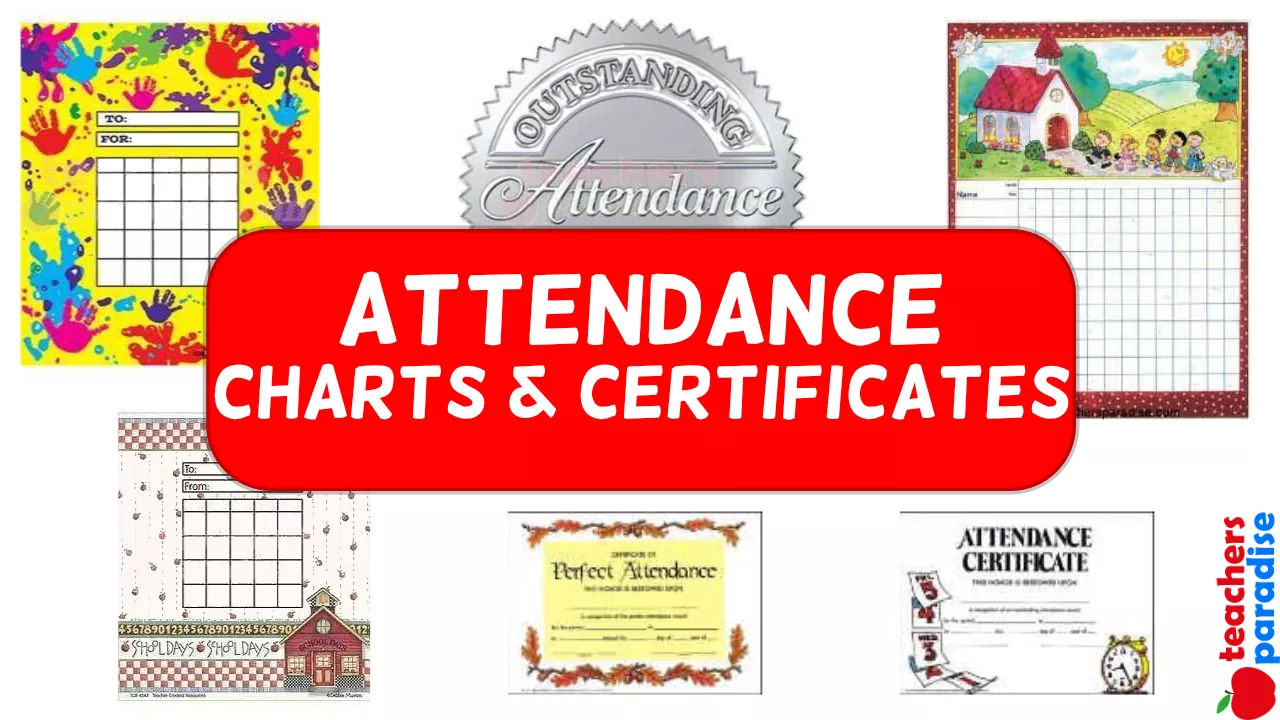September Art Activity
Theme: All About Us
September is the month to meet new classmates. These projects will help students learn more about one another and their environment.
Project 1: Flip-Book Portraits
Draw portraits of your classmates and create a flip book of many faces.
Sessions: 1–2
Curriculum Connections: Social Studies, Science
Technique: Drawing
Art Objective: Portraiture
Visual Vocabulary: Symmetry, caricature, realistic, expression, exaggeration
WORKSHEET & Sample PDF Activity
Sample PDF Activity
Art References: Sculpture: Houdon, Rodin, Duane Hanson, African and Roman portraits; Naturalistic Painting: Da Vinci, Titian, Rembrandt, Ingre, Sargent, Grant Wood;
Stylized, Abstract, Mixed-Media Painting: Van Gogh, Modigliani, Picasso, Warhol, Chuck Close, Alice Neel;
Caricature: Honoré Daumier, Thomas Nast, David Levine, Al Hirschfeld
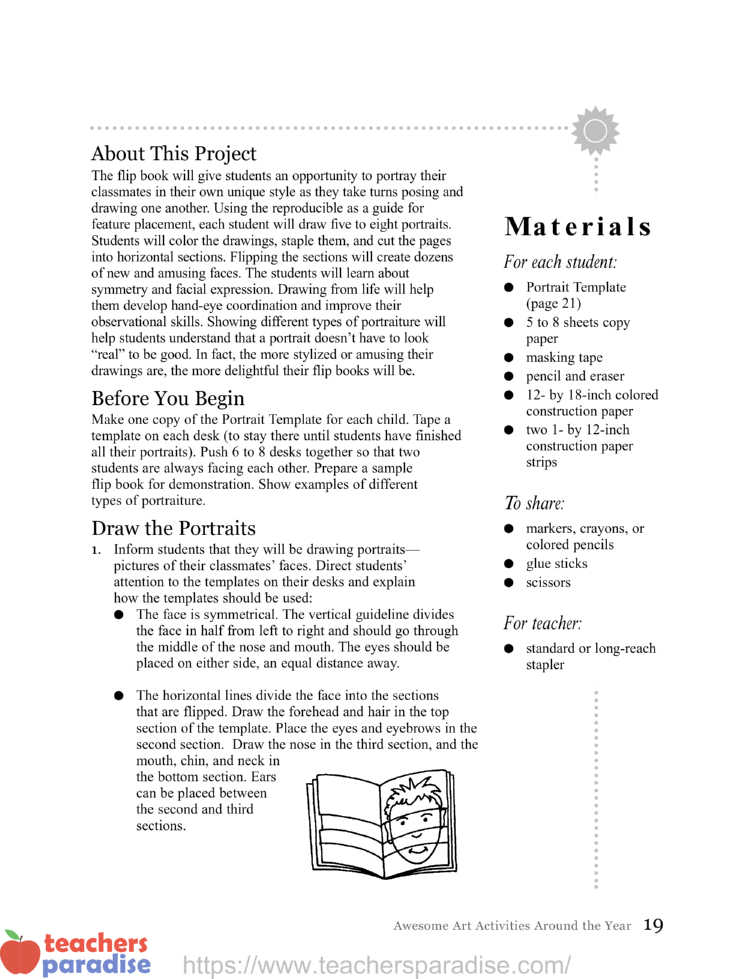
Materials
For each student:
• Portrait Template (page 21)
• 5 to 8 sheets copy paper
• masking tape
• pencil and eraser
• 12- by 18-inch colored construction paper
• two 1- by 12-inch construction paper stripsTo share:
• markers, crayons, or colored pencils
• glue sticks
• scissorsFor teacher:
• standard or long-reach stapler
For thousands of years, people have commissioned portraits to record and preserve images of themselves, their families, or well known personalities.These portraits bring history to life. Hairstyles, clothing, and artifacts, as well as artistic style, tell us something about the cultural, stylistic, and artistic trends of the period. Pharaohs and emperors sometimes were portrayed in a stylized or idealized way to symbolize their divine status or the strength and stability of their rule, or to present them as heroic figures. Society and court painters sometimes had to flatter their subjects.The pragmatic citizens of prosperous middle class republics—ancient Romans, 17th-century Dutch burghers, and 18th and 19th-century Americans—preferred realistic portraiture. But a portrait doesn’t have to be an exact likeness to reveal something about the subject’s character or status. Caricaturists introduced humor, using exaggeration to create amusing or satirical portrayals of celebrities and political leaders. Modern artists often interpreted their subjects in more abstract and expressive ways. Contemporary artists employ various styles, media, and techniques to make a unique statement. Successful portraits capture the essence of a personality in an insightful and original way.
